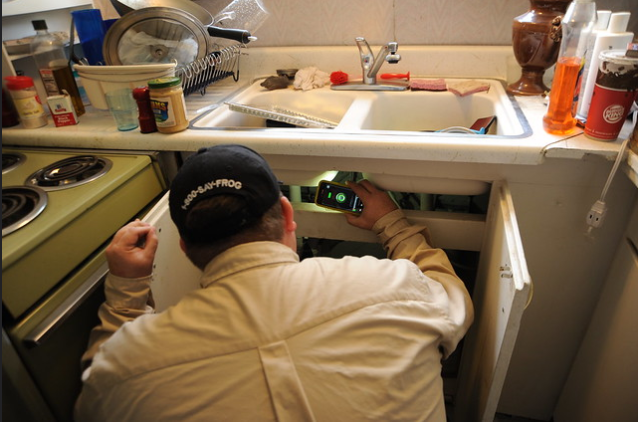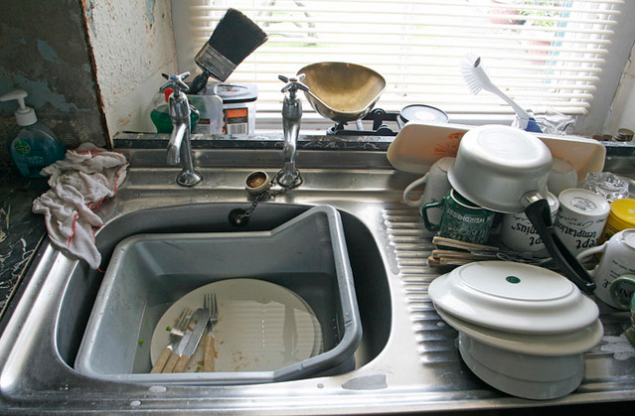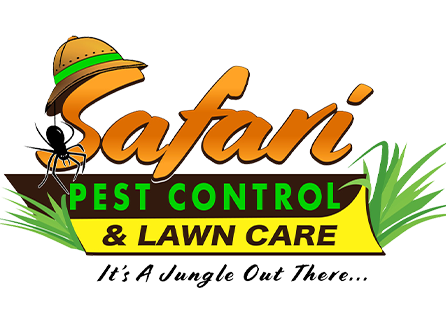
A pest infestation can be annoying and disruptive, particularly if the problem has escalated and pest control is already involved.
So, who between you and your tenant becomes responsible for the extermination costs? Well, if that’s what you came here to know, then you have landed at the right place.
In this article, you’ll learn about the various types of pests and TrustHome Properties will explain who becomes responsible for their removal when they infest your rental property.

The common types include:
- Termites: These are one of the highest risk critters known to cause damage to structures. They are commonly found near wood piles and home foundations.
- Mosquitoes: Mosquitoes are one of the deadliest of the bunch. In 2017, malaria alone was responsible for the deaths of almost half a million people globally.
- Moths: These prefer the dark and will, therefore, hide in unused areas like attics and basements. They will chew holes in carpets, natural fiber, and carpets.
- Beetles: Beetles, particularly the powder post type, will cause structural damage by boring into wood.
- Cockroaches: While these do not cause structural damage, they often carry diseases that could be harmful to you and your family. They seem particularly drawn to appliances, especially microwaves because of food droppings.
- Bedbugs: These are, often, terrifying. Not because they cause severe damage, but because of the stigma they are associated with. In addition, they feed on blood and the replacement of the beddings may be necessary.
- Wasps: Wasps can chew through wood and cause extensive damage to your property. They are particularly fond of the lights, eaves, and around the trash.
- Fleas: Their bites can cause irritation, serious discomfort, and loss of blood. Plus, they can potentially transmit a host of diseases to humans, including Tularemia, Tungiansis, and Murine Typhus.
- Ants: These are more of a nuisance than a hazard. They are common in areas such as walls, foundations, seal cracks and crevices, and windowsills.
- Rodents: These can cause structural damage to any structure through gnawing, nest-building, and defecation.
So, who becomes responsible?

Determining who is responsible for the extermination is not always straightforward. The first step to finding out is by reading any relevant clauses in the lease or rental agreement. If it indeed has some clauses on pest control, then that will take any precedence over any other law.
But if the lease doesn’t have any clauses in it, then fall back on what the state laws say.
That is why, as a landlord, it is imperative to make sure that the lease is detailed. Doing so can help save you a great deal of trouble down the road. Plus, if you are found liable, it can end up costing you a pretty good sum of money to fix.

As the landlord, the Warranty of Habitability law requires you to provide a property that is safe and habitable. And this includes putting some measures in place to prevent pest infestations.
The following are some of the preventative measures you can put in place.
- Eliminate standing water around your property. You may also want to fix any leaky pipes or faucets.
- Remove clutter around the property. This will help reduce spots for vermin to build nests or hide in.
- Have proper trash bins. You should also regularly inspect them to make sure they are free of holes or cracks.
- Keep common areas clean. Sweeping or vacuuming once or twice every week should suffice.
- Seal up entry points. You should do this around your property’s exterior, as well as on the inside.
- Exterminate as regularly as possible. This will keep your property clean and the pests at bay.
When does your tenant become responsible?

Your tenant becomes liable for the pest problem if it was their actions that caused it. Such actions may include fleas from their pets, roaches, ants, or rats due to their poor cleaning standards, and bedbugs that they may have brought with them when they moved in.
However, if the entire neighborhood is infested, then the liability will shift back to you.
Your tenant may also become responsible if they have a health condition that requires them to live in a sterile environment. In this case, since this is an additional precaution, the responsibility will be theirs to take. Because, as a landlord, the law only requires you to provide a safe and habitable property.
What’s more, your tenant has a responsibility to let you know when they have a reason to believe their home is infested.
So, back to the original question – who is responsible for pest control, landlords or tenants? Clearly, there is no straightforward answer. Both parties have a responsibility to ensure the property is free from any pest infestation.

